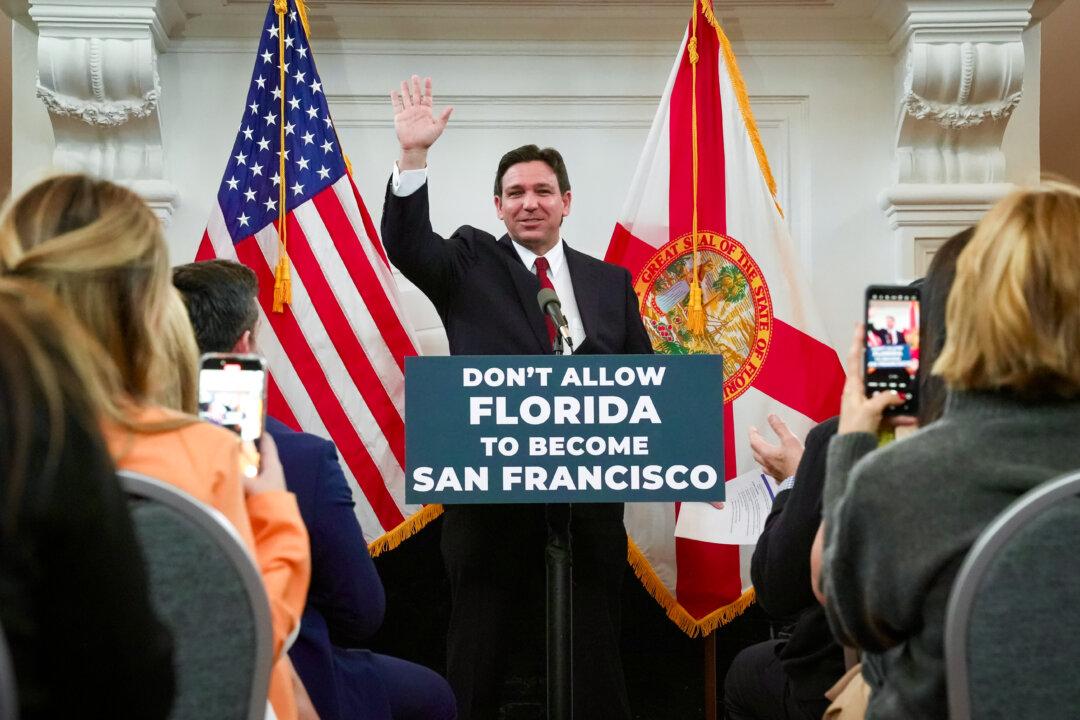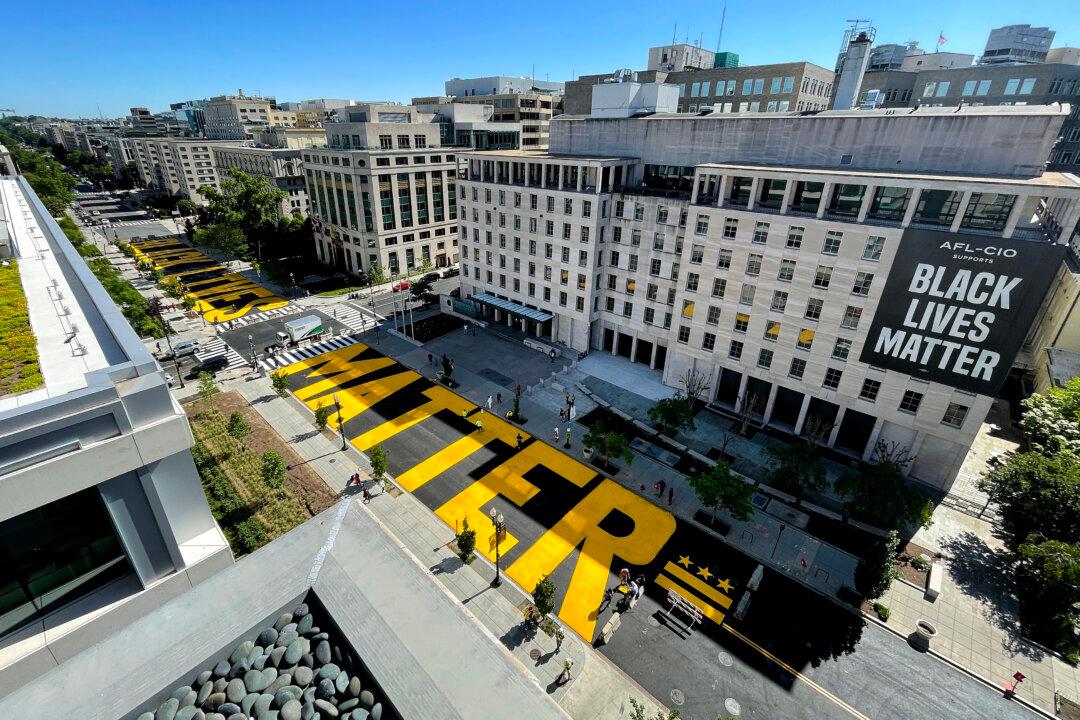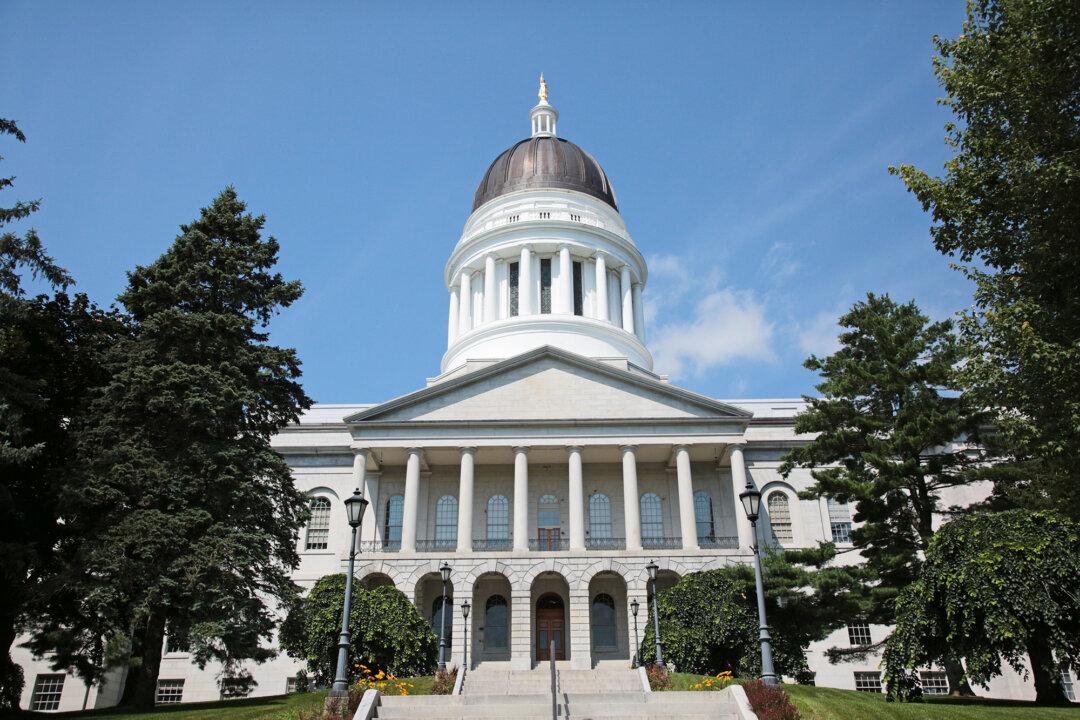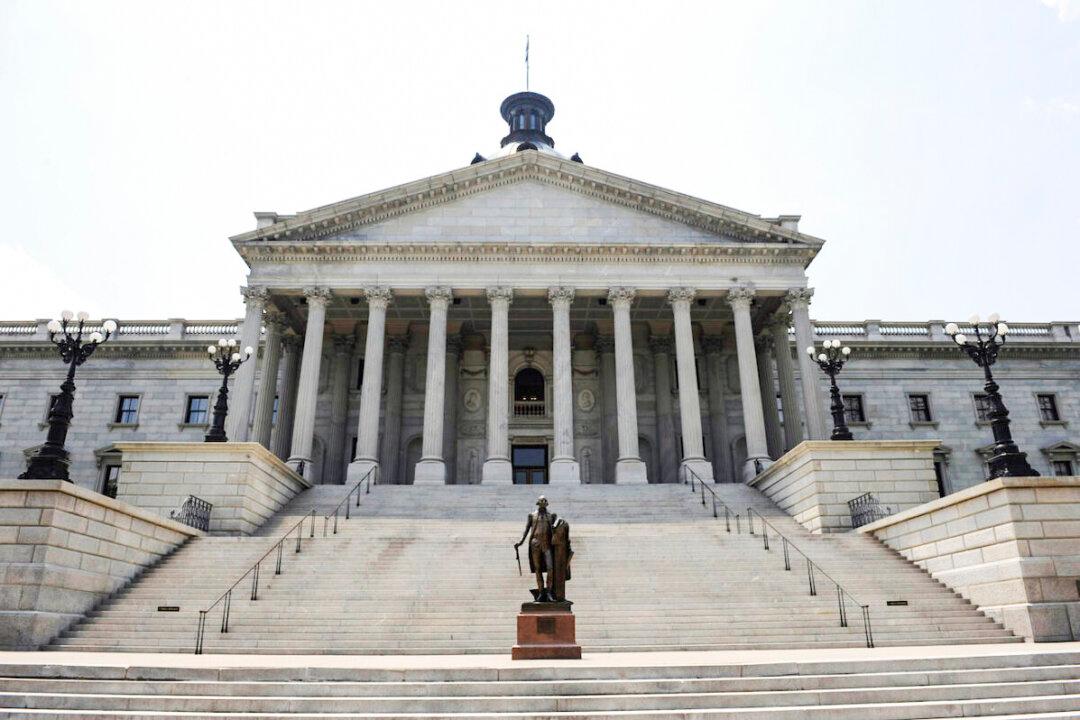UPDATE: By 5 p.m. on May 11, at least two police officers were on watch in a car outside Justice Amy Coney Barrett’s house.
CHEVY CHASE, Md.—At least two Supreme Court justices still have no visible police protection outside their homes, even after threats of additional protests.




